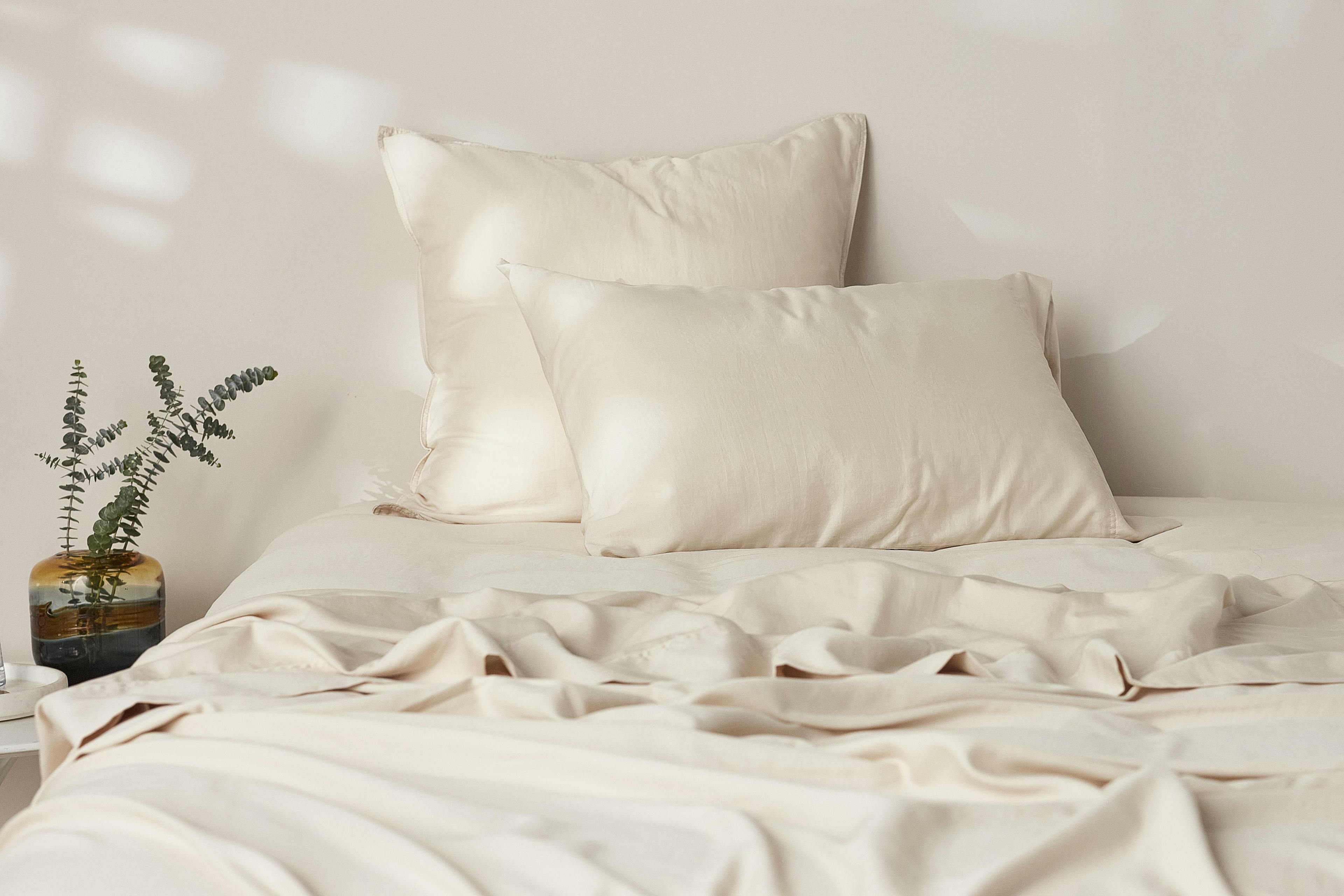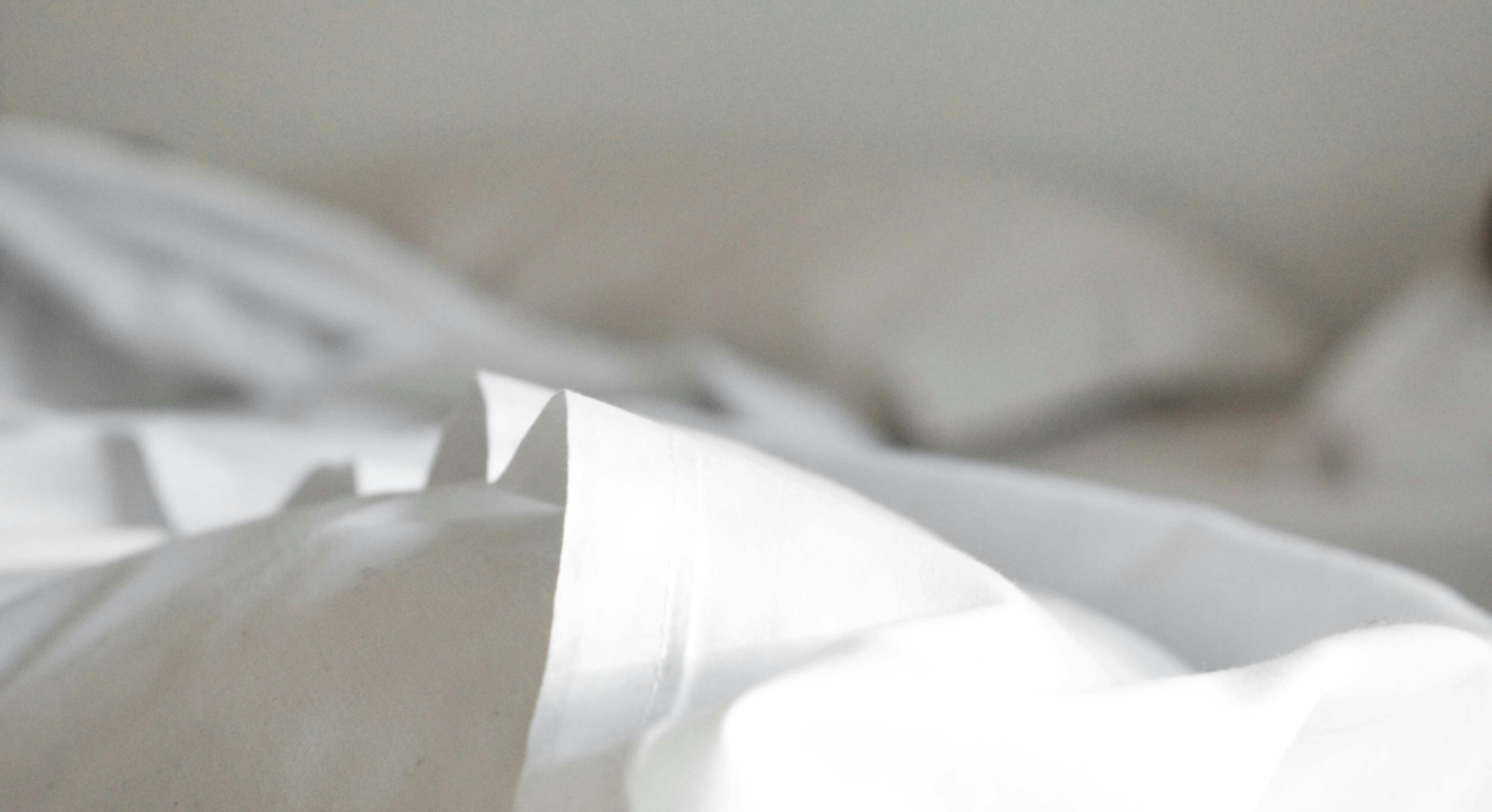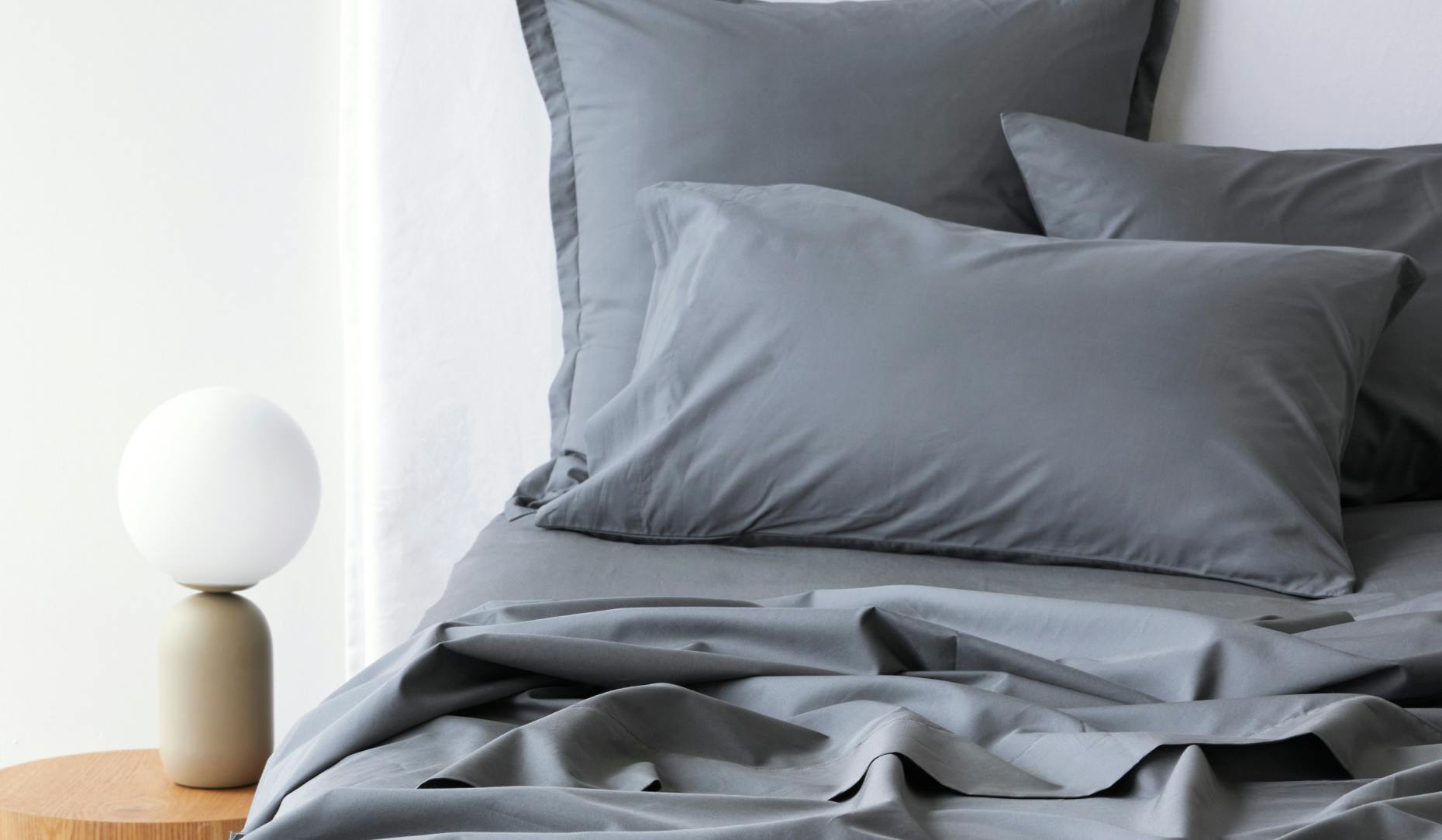When searching for the perfect bedding, one term you'll frequently encounter is "thread count." But what is threat count, and why is it important? Let’s unravel the mystery behind thread count, explaining its significance and how it impacts your sheets' comfort, durability, and quality.
Your cart
(0)
Show order summary
Search

What Does Thread Count Mean?
Thread count measures the number of horizontal and vertical threads in a square inch of cotton.
In reality, it's only possible to fit a limited number of threads per square inch of fabric. The exact number depends on the yarns' thickness but is generally around 3-400.
With retailers wanting to offer more products at higher prices, they asked manufacturers to produce bedding with more threads, boosting the perceived value of their bedding.
To produce high thread count, bedding above the upper limit at which they would fit, in a square inch of fabric, manufacturers began wrapping individual cotton yarns around each other to create plait-like threads. In the industry, we call this using a multi-ply yarn.

Unpacking the Thread Count Myth
We have to tell you a little secret: a higher thread count doesn't always mean higher-quality bedding.
The truth is that thread count has been hugely exaggerated in the bedding world. Let's face it: piles of plastic-wrapped sheets all look the same. Over time, retailers and manufacturers have increasingly used high thread counts as an indicator of better quality.
However, whilst thread count is a very convenient marketing tool, it isn't the determiner of quality we've all been led to believe.
Whilst multi-ply yarns are great for producing sheets with a 600 thread count or higher, the great irony is that a single-ply construction can create softer, longer-lasting, and more breathable cotton bed sheets than multi-ply threads.

Does a Higher Thread Count Mean Better Sheets?
So, what is a good thread count for sheets?
Thread count is one small component in determining the quality of cotton sheets. As a rule, a thread count of 200 or more can be used to make luxury bedding, and you should meet anything over 400 with a healthy dose of scepticism.
Within that range, the quality, softness, and durability of your bedding are determined by four other key factors:
1. Quality, not quantity
The quality of the yarn, not the number of threads, produces good-quality sheets. Look for long-staple cotton which yields unusually long, silky fibres. Avoid short-staple cotton, which is more typically used in fabrics where softness and durability are less important.
2. Single-ply only
Single-ply threads make the most breathable and durable cotton sheets. To boost thread counts or to use poor-quality short-staple cotton, manufacturers use multi-ply yarns, which produce denser and less durable bedding.
3. No toxins
You'd be surprised how many sheets use bleaches and dyes, which are harmful to the planet and you. Look for Oeko-Tex certification, which means your bedding has been made without harmful chemicals at any stage of the manufacturing process.
4. Weaves
Cotton bedding is usually constructed with one of two different weaves. The weave you choose will significantly impact how your sheets look and feel. A percale weave produces a cool and crisp fabric, like your favourite white dress shirt. A Sateen weave creates a luxurious silky fabric.

Shop Our Sheets Now
At George Street Linen, we exclusively use singly-ply yarns made from long-staple cotton and a 300 thread count to create incredibly soft bedding that gets better with every wash. For quality bedding sets, choose George Street Linen.